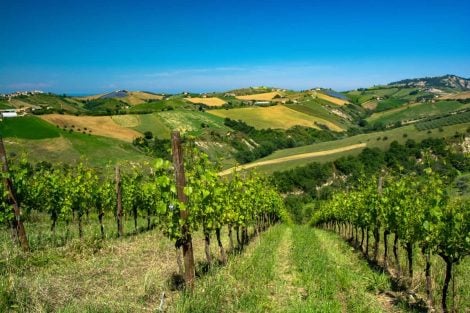Franciacorta is a hilly area overlooking the shores of Lake Iseo in Lombardy, spanning about 200 square kilometres and encompassing 19 municipalities in the province of Brescia, making it an ideal destination for both short and long holidays. The morainic origin gives the soils in this area extraordinary mineral richness, which, combined with the soil heterogeneity, is the distinctive element of quality viticulture.
The name Franciacorta identifies a wine produced exclusively with bottle refermentation. Today, labels only bear the Franciacorta designation, the sole term defining the wine, production method, and territory.
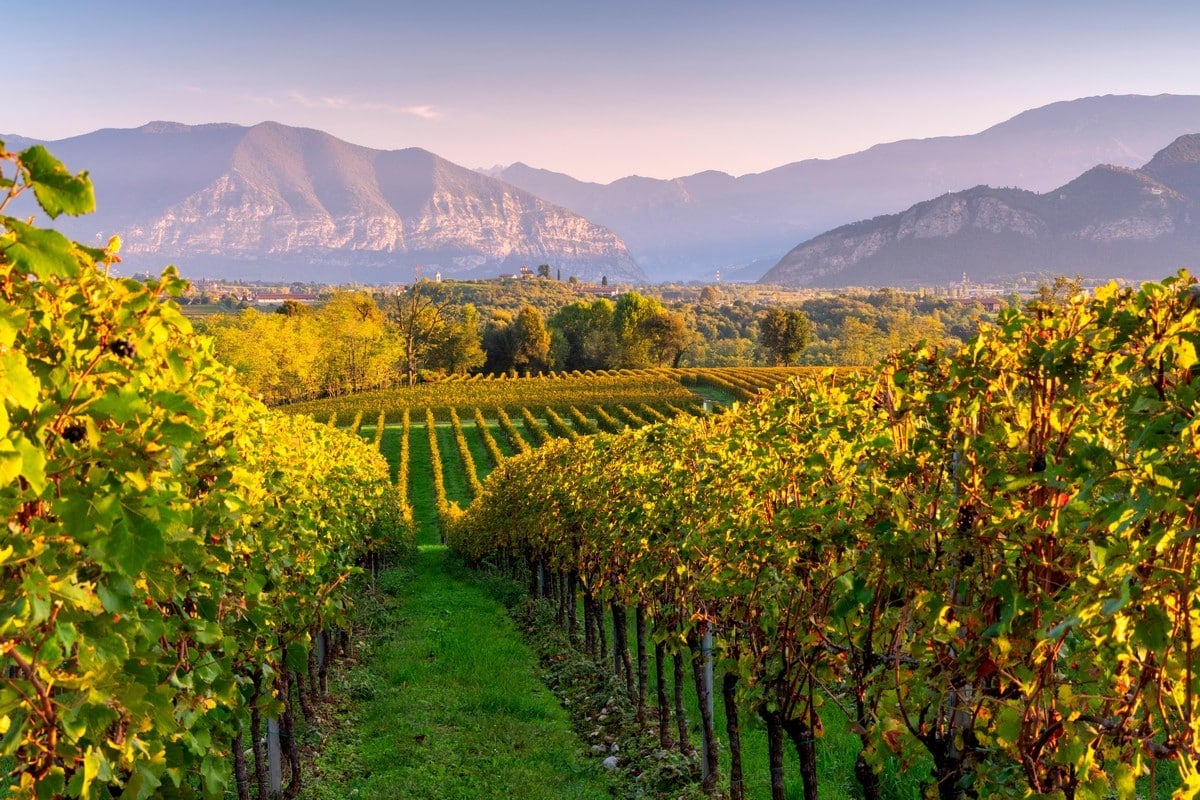
As we conduct tastings for the 2025 edition, let’s look back at the blind tastings of hundreds of Franciacorta wines for the Gambero Rosso Vini d'Italia 2024 guide. The overall level was impressive.
A Franciacorta had even won the top award for Sparkling Wine of the Year 2024. Here we focus on the best expressions of Franciacorta in the Rosé and Rosé Reserve categories.
The best Franciacorta Rosé
Here are the Franciacorta Rosé sparkling wines that earned Tre Bicchieri or Due Bicchieri Rossi in the Gambero Rosso Vini d'Italia 2024 guide.
Minimal colour and great finesse for the Franciacorta Rosé '18 with notes of tangerine, flowers, and liquorice; on the palate, it is particularly creamy, airy, and progressive. Bellavista is the flagship company of the Terra Moretti group, which includes six prestigious wineries in Lombardy, Sardinia, and Tuscany. The Erbusco winery in Franciacorta also boasts one of Italy’s most elegant resorts, L’Albereta, offering grand Italian-style hospitality. The Moretti family is actively involved in the business, continually embracing new challenges: since 2022, the renowned oenologist Richard Geoffroy has been among the consultants.
The Franciacorta Rosé '07 Riedizione '23 by Mosnel is enchanting, a cuvée that articulates many registers in such a light and symphonic context. It offers a carousel of spices, tones of coffee, capers, and sun-dried flowers; the carbon dioxide is finely embroidered, and on the palate, we find various essences and nuances, even spicy ones, for a subtle and long finish. Lucia and Giulio Barzanò firmly lead one of Italy’s best sparkling wine houses. The estate is in a 16th-century village with a vaulted underground cellar surrounded by a single body of 40 hectares of organically grown vineyards. We are in Camignone, Franciacorta, and all the proposed cuvées mature, at least partially, in wood, used with meticulous and tailored precision.
Pay particular attention to the artisanal reality of Piandel Maggio by Alberto and Ida Foresti in Gussago, Franciacorta. Fine, complex, and refined, the Franciacorta Rosé ...e Anna Sorrise. The re-tasting of the sparkling Furente '16, already evaluated in 2022, was extraordinary.
The Franciacorta Rosé Magnum '19 by Bersi Serlini is highly fragrant, with crispy tones of small red fruits and orange zest, tense, with a savoury, vibrant verve. The estate in Provaglio d'Iseo, Franciacorta, purchased by the Bersi Serlini family in 1886, breathes history. The winemaking tradition dates back to the Middle Ages when the Cluniac monks of the Abbey of San Pietro in Lamosa built a grange for wine-making and agricultural storage. Today, the winery, surrounded by meticulously maintained vineyards overlooking the lake, is an elegant blend of ancient and modern, offering a curated range of wines and locations for conferences, events, and wine tourism. At the helm are the enthusiasm and passion of Maddalena and Chiara Bersi Serlini.
The Qrosé '18, with aromas of watermelon and wild strawberries, has a crisp and progressive character, offering a very pleasant drink. The winery in Cologne, founded by entrepreneur Ugo Ghezzi and well-supported by his children Cristina and Marco, celebrates 20 years of activity. Quadra boasts a 20-hectare vineyard cultivated organically. In addition to the classic Chardonnay and Pinot Noir, Pinot Blanc is increasingly taking up space, and Mario Falcetti is the oenological consultant.
Original and fine, the Rosé '19 from the 1701 winery, made from pure Pinot Noir grapes, is juicy and fragrant with lively tones of raspberry and coffee, and has a distinctly gastronomic character. The work of Federico and Silvia Stefini, who lead one of the most vibrant estates in the Franciacorta area, is increasingly appreciated. It all started in 2011 when they acquired the Bettoni Cazzago family farm. From the beginning, they chose to focus strongly on a biodynamic approach in the vineyard and sought an authentic and characterful style, enhancing individual plots. Today, they own 11 hectares, eight of Chardonnay and three of Pinot Noir, producing a solid and increasingly convincing range.
The Franciacorta Rosé Dosaggio Zero 2016 by Mirabella is one of the wines that won our finals. Environmental sustainability, food healthiness, and taste education are the multiple challenges pursued by this Franciacorta winery, founded in 1979 by Teresio Schiavi and a group of winemaking friends. Notable is the work carried out on Pinot Blanc to maintain rhythm and fragrance in the cuvées, as well as the long-standing focus on wines with low or no added sulphites.
The Franciacorta Rosé Dosaggio Zero Girolamo Bosio Ris. 2015 is one of the wines that won our finals. The wine venture of siblings Cesare and Laura Bosio is experiencing a golden moment. In Corte Franca, Franciacorta, just a few metres from the shores of Lake Iseo, the vineyard area spans about 30 hectares. The vineyards are trained in espaliers, with significant density and low yield per vine. The cuvées produced stand out for their commendable aromatic cleanliness, vibrant character, and smart gastronomic profile. The average score of all the wines presented is impressive. The Rosé is creamy and enveloping, with good extension and progression.
The Franciacorta Rosé by Barone Pizzini is on a sharp rise: the 2019 edition has a fine hint of tangerine and raspberry, rich in juice, maturity, and freshness. We fondly remember the first sustainability meetings organized by this historic Franciacorta maison – over 20 years have passed – a true pioneer in organic and vineyard diversity. Barone Pizzini was founded in 1870 by a noble family from Trento. In 1992, it was acquired by Silvano Brescianini and some partners, who have led one of the most dynamic Franciacorta maisons. The group also owns Pievalta in Marche and Ghiaccioforte in Tuscany.
The Franciacorta Rosé Extra Brut Inganni '18 by Castello di Gussago La Santissima, made from pure Pinot Noir, is one of the best in its category. It offers tones of elderflower and orange zest in a context of clarity and gustatory cleanliness, with a savoury and balsamic finish. The historic Gussago winery in Franciacorta boasts a glorious viticultural tradition carried on by the Gozio family. Everything revolves around the scenic former Dominican complex of La Santissima with its battlements, pinnacles, and turrets overlooking the surrounding vineyards. The over 20 hectares of organically managed land are expertly managed by winemaker Sabrina Gozio; the presented wines demonstrate horizontal quality, indicative of seriousness and consistency.
The Rosé 2016 by Guido Berlucchi & C. is delicate and symphonic, light and expressive with tones of raspberry and anise enhanced by a chiselled perlage. One of the first examples of "Pinot di Franciacorta" created by Franco Ziliani and Guido Berlucchi is jealously guarded in the underground cellars. It was 1961, marking the beginning of Franciacorta’s sparkling wine history. Today, the company is led by their children Arturo, Cristina, and Paolo, with a new generation ready to follow the example of a family with wine in their DNA. In August, the company renewed its challenge with the Metodo Classico by acquiring the Vigne Olcru winery in Oltrepò Pavese to focus on Cruasé.
opening photo Vittorio Giannella

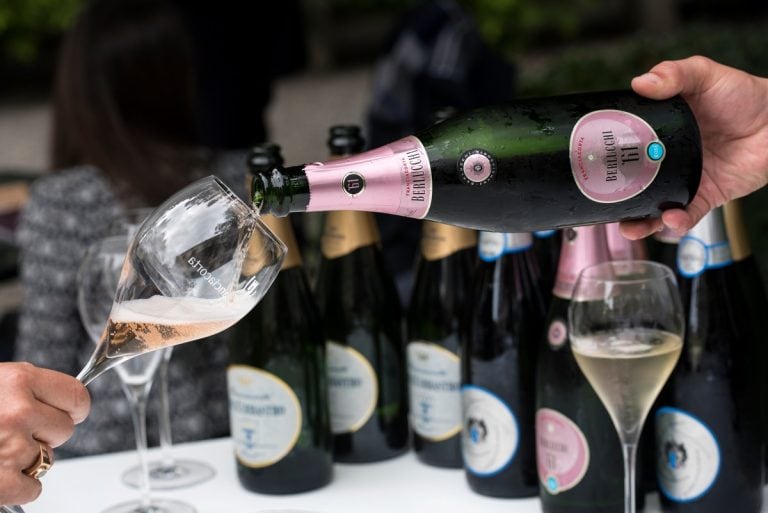
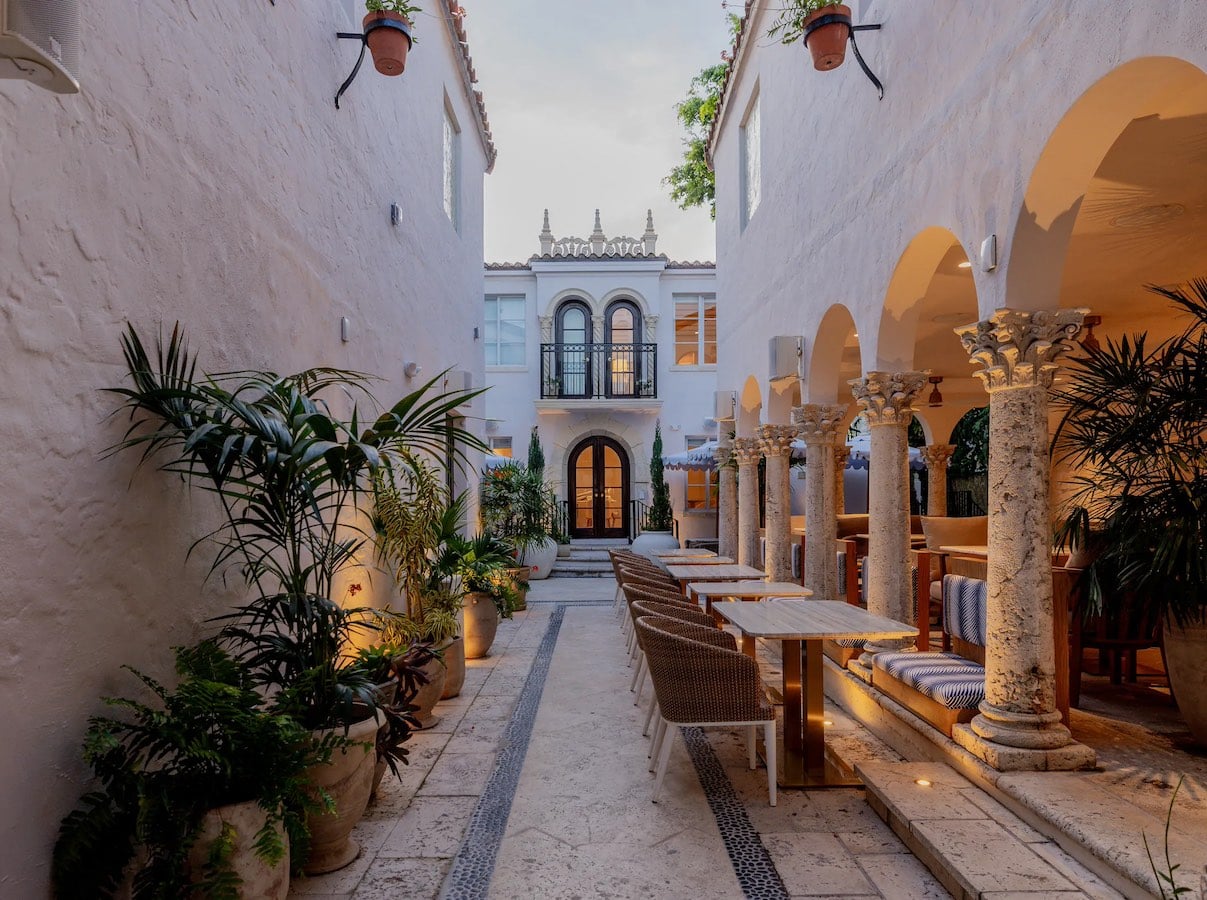 Versace opens a super hotel with an Italian restaurant. Here's what Donatella Hotel & Restaurant in Miami will be like
Versace opens a super hotel with an Italian restaurant. Here's what Donatella Hotel & Restaurant in Miami will be like At The Crown Tirana, service and quality at the highest levels
At The Crown Tirana, service and quality at the highest levels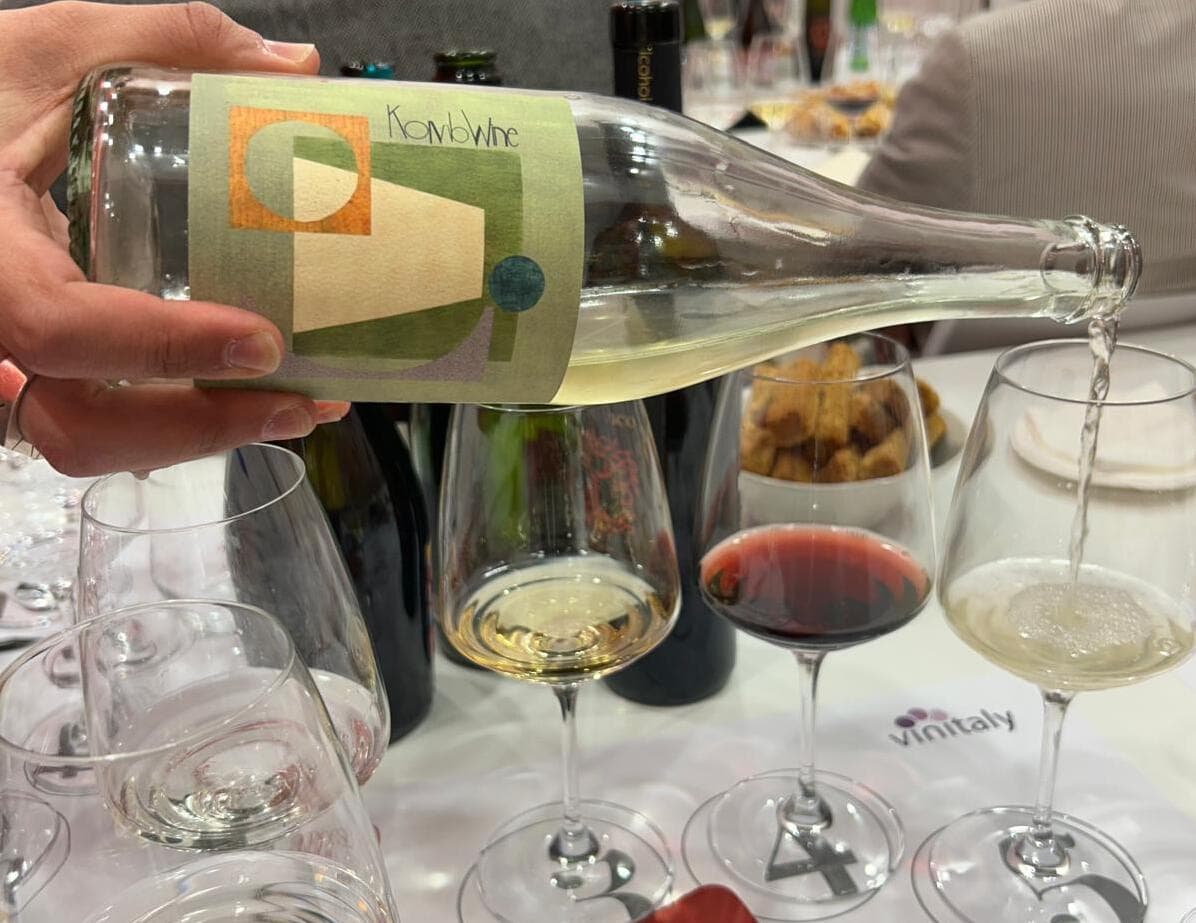 We tasted Komb(w)ine, the new product that combines grape must and kombucha. Here’s our verdict
We tasted Komb(w)ine, the new product that combines grape must and kombucha. Here’s our verdict What changes for the export of Italian wines to China under the new regulations?
What changes for the export of Italian wines to China under the new regulations? “Forget dealcoholised wines. The future is Komb(w)ine.” Moser and Ravizza present a new grape must-based product
“Forget dealcoholised wines. The future is Komb(w)ine.” Moser and Ravizza present a new grape must-based product